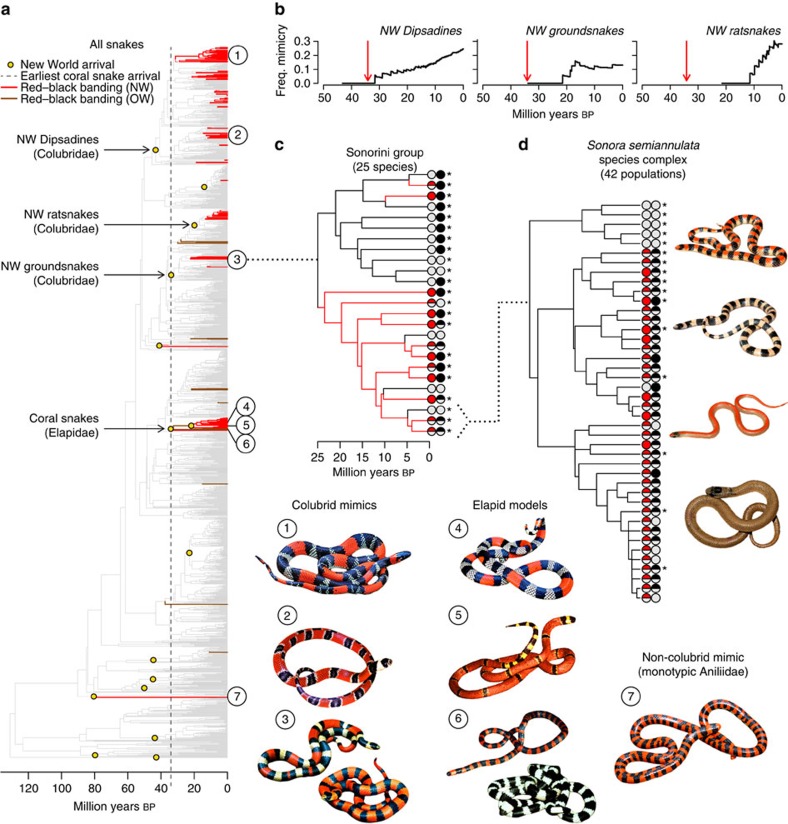Figure 3. Repeated evolutionary transitions among colour patterns in snakes.
(a) Ancestral state reconstructions show that RBB colouration has evolved independently at least 26 times across snakes, including six times outside of New World (NW) colubrids and Elapid coral snakes. Numbers denote phylogenetic placement of corresponding snake images. Species 3 and 6 have sympatric colour polymorphism. (b) Colubrid mimicry arose after both arrival in the NW (oldest black points) and sympatry with coral snakes (red arrow), with increasing accumulation of mimetic lineages over time. (c) Addition of missing taxa to a single clade recovers greater colour variation and faster phenotypic evolution. Tip state symbols show presence and absence of the red and black colour pattern components, with bicoloured points representing colour polymorphism (grey for absence). Asterisks denote co-occurrence with coral snakes. (d) Trait mapping of intraspecific colour variation shows that polymorphism is the most common state and that RBB coloration does not depend on sympatry with coral snakes. Righthand images show four sympatric colour morphs found in populations with RBB polymorphism. The species names, photo credits (used with permission), and field collector/tissue numbers (when available) for the images in a are as follows: (1) Oxyrhopus trigeminus, Laurie J. Vitt, LJV-17825; (2) Erythrolamprus mimus, Edmund D. Brodie III; (3) Sonora mutabilis, Thomas J. Devitt, JAC-23362 and JAC-23363; (4) Micrurus brasiliensis, Donald B. Shepard; (5) Micrurus diastema, Jonathan A. Campbell, JAC-23126; (6) Micrurus multifasciatus, Edmund D. Brodie III; (7) Anilius scytale, Donald B. Shepard. For d the Sonora semiannulata colour morphs have the following credits from top to bottom: (1) mimetic morph, Yann Surget-Groba, ADR-BAL1M; (2) banded morph, Yann Surget-Groba, ADR-HIL1B; (3) striped morph, Yann Surget-Groba, ADR-Tor1S; (4) uniform morph, Alison R. Davis Rabosky and Christian L. Cox, CLC-291.

